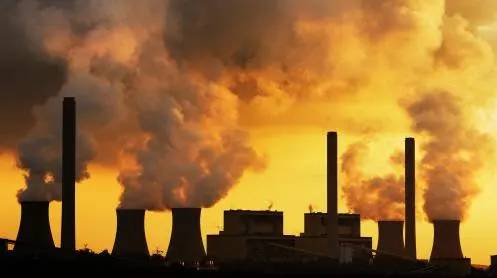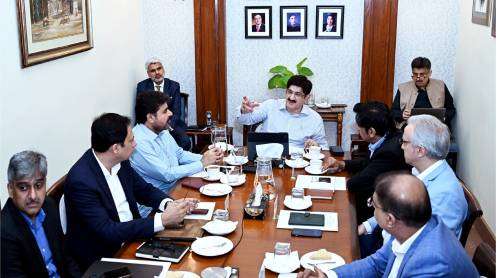Recent data from the Central Power Purchasing Agency (CPPA) reveals a substantial increase in the costs associated with nuclear and local coal power generation in Pakistan, presenting a significant challenge to the energy industry.
Nuclear-based power generation has experienced a notable surge in expenses, with operational costs rising by over 17 percent in recent months. This increase has put financial strain on nuclear power producers, leading to a shift in its contribution to the national grid from the top spot in January 2024 to second place in February and March of the same year.
Similarly, local coal generation costs have surged by a significant 33 percent within just one month, despite being immune to external factors like exchange rate fluctuations. This sudden rise in expenses poses a considerable obstacle to the sector’s stability.
The CPPA, representing Ex-WAPDA Power Distribution companies (XWDISCOs), has requested permission to charge an additional Rs2.94 per unit from power consumers on account of Fuel Charges Adjustments for March 2024. This move, if approved, will impact consumers with an estimated Rs27 billion in their May 2024 bills, including sales tax on power consumption.
The breakdown of data shows varying costs across different generation sources. Nuclear power generation costs stood at Rs 1.5488 per unit, while electricity imported from Iran was the most expensive at Rs 30.3729 per unit.
The CPPA-G data further reveals insights into March 2024’s electricity generation, with a total of 8023 GWh generated and a total energy cost of Rs 66.68 billion. Hydel sources constituted 27.63 percent of total generation with zero generation cost, while local coal generation costs surged by 35.53 percent.
Generation from local gas and RLNG-based sources accounted for significant portions of total generation, with varying per unit costs and increases from previous months. Overall, the surge in costs across nuclear and coal power generation highlights the challenges faced by Pakistan’s energy sector in maintaining affordability and stability.
Story by Israr Khan







